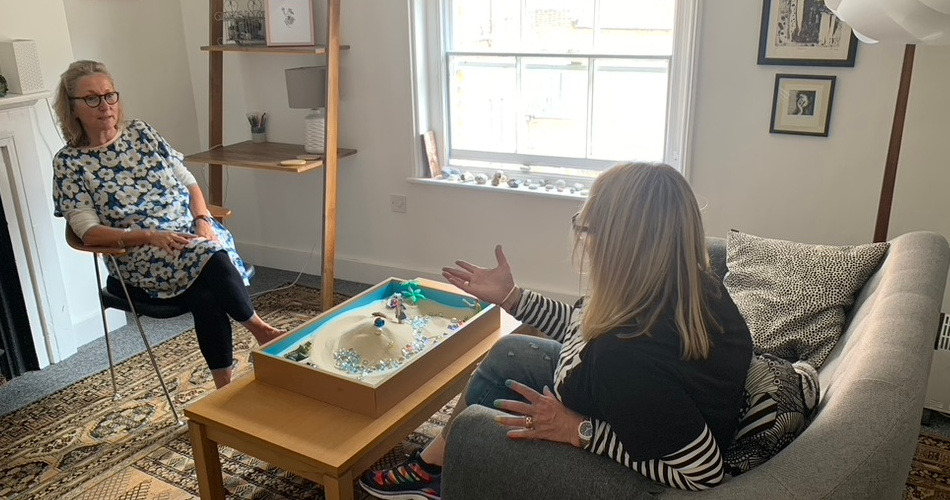Supervision for Counsellors
I aim to offer a supervision experience that is engaging and supportive.
I encourage you to grow in your professional journey and find fulfilment in your work, whatever kind of work you do.
" Having supervision for our work, whatever it is, leads to finding the work we love or loving the work we do. "
- Joan Wilmot
Why Choose My Supervision?
My style of supervision is inspired by The Seven-Eyed Model of Supervision, developed by Peter Hawkins and Robin Shohet. The model is designed to provide a comprehensive and holistic approach to supervision by exploring the different aspects of the supervisory relationship. The seven “eyes” or modes in the model represent different areas of focus that the supervisor and supervisee can explore during a supervision session.
Challenging yet Reliable
I aim to help you think outside the box, improving your skills and understanding. I am dedicated to your professional growth and success.
Experienced and Credentialed
With plenty of experience and registration with professional organisations, I offer valuable guidance to help you navigate the challenges of your practice. I have regular supervision on all aspects of my practice. I continue to train in order to keep my approach fresh, and also because I love it.
Join me for a supervision experience focused on helping you grow personally and excel professionally. Together, we will make your practice effective, enjoyable, and fulfilling.

The Seven-Eyed Model
- 1. Focus on the Client
- This mode involves focusing on the client themselves, their issues, their behaviours, and the content of what they bring to the session. The supervisor helps the supervisee understand the client's concerns, presenting problems, and progress in therapy or coaching.
- 2. Focus on the Supervisee's Interventions
- Here, the emphasis is on the interventions and strategies that the supervisee is using with the client. The supervisor helps the supervisee reflect on the effectiveness of these interventions and explore alternative approaches.
- 3. Focus on the Relationship Between the Supervisee and the Client
- This mode examines the dynamics of the relationship between the supervisee and the client. It includes exploring transference, countertransference, and the emotional responses of the supervisee to the client, as well as how these may impact the work.
- 4. Focus on the Supervisee
- The focus shifts to the supervisee themselves—their internal process, thoughts, feelings, and reactions to their work with the client. This mode addresses the supervisee's emotional responses and how their personal issues or experiences may influence their work.
- 5. Focus on the Supervisory Relationship
- In this mode, the supervision session examines the relationship between the supervisor and supervisee. This includes exploring any dynamics, challenges, or issues that arise within the supervisory relationship, as well as how this relationship supports or hinders the supervisee's development.
- 6. Focus on the Supervisor
- Here, the supervisor reflects on their own experience of the supervisory process. This mode involves the supervisor's self-awareness, their responses to the supervisee, and how their own feelings, biases, or experiences might influence the supervision process.
- 7. Focus on the Wider Context
- The final mode considers the broader context in which the supervision, client work, and supervisory relationship take place. This includes organizational, societal, and cultural factors, as well as any ethical, legal, or professional issues that might affect the work.